Great artists often leave behind a body of work that continues to fascinate us long after they’re gone. But sometimes, these posthumous discoveries offer an unsettling look into their minds. These revelations can range from the amusingly odd to the downright disturbing.
10. L.S. Lowry’s Domination Drawings
L.S. Lowry is celebrated for his paintings of industrial landscapes populated with “matchstick men.” He was considered a national treasure in Britain, embodying restraint and quiet friendliness.
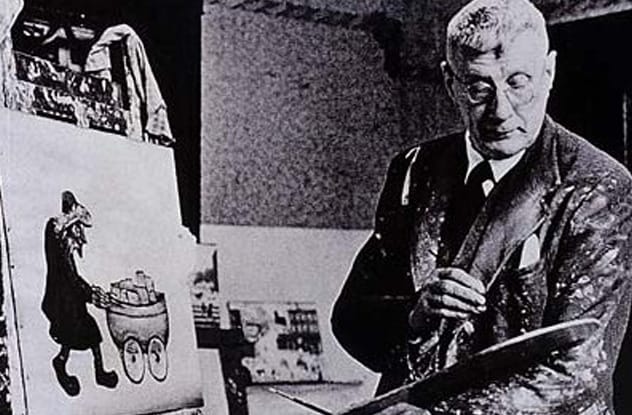
After his death in 1976, a collection of his notes and drawings was discovered, revealing a surprising side of Lowry. These drawings, created in the 1970s, depicted young girls tied up, whipped, and otherwise dominated by women.
While not explicitly pornographic, the drawings were kinky, showcasing a darker, more obsessive side to the beloved artist.
9. Percy Grainger’s White Supremacy Beliefs
Percy Grainger, an Australian composer, was a significant figure in 20th-century music. However, his personal letters revealed a disturbing obsession with white supremacism.
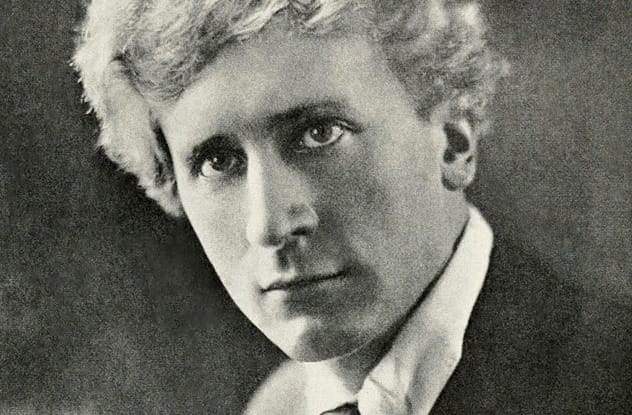
Grainger’s letters showed support for the Nazi party, hatred of Jews, and a belief that his purpose was to preserve the musical achievements of the Nordic race. He criticized colleagues who performed “non-Nordic” music and even invented his own version of English based on Scandinavian grammar. Grainger also had a fixation with blue eyes, associating them with racial purity.
8. William Golding’s Attempted Assault
William Golding, the author of Lord of the Flies, grappled with personal demons, including alcoholism. One particularly dark incident resurfaced in a posthumous memoir: his attempted rape of a 15-year-old girl.
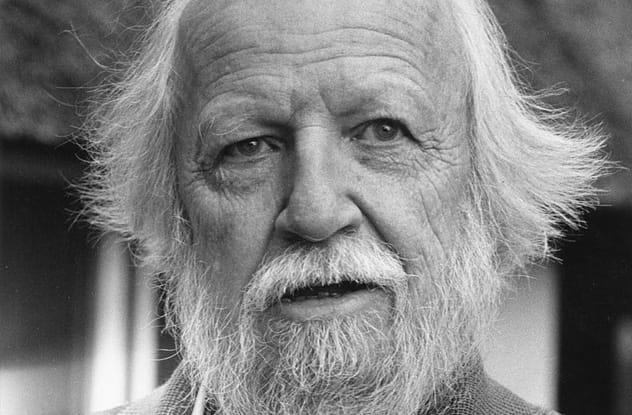
In 1930, Golding, then an 18-year-old student, gave piano lessons to a girl named Dora. He admitted to attacking her, claiming she had aroused him. However, she fought him off. The story takes a bizarre turn when, years later, they had consensual sex, leading Golding to accuse her of manipulation as revenge for the attempted assault.
7. Osamu Tezuka’s Mouse Erotica
Osamu Tezuka, the “godfather of anime,” influenced almost every modern Japanese cartoon. After his death in 1989, a locked desk was found to contain a peculiar collection: drawings of sexy mouse characters.
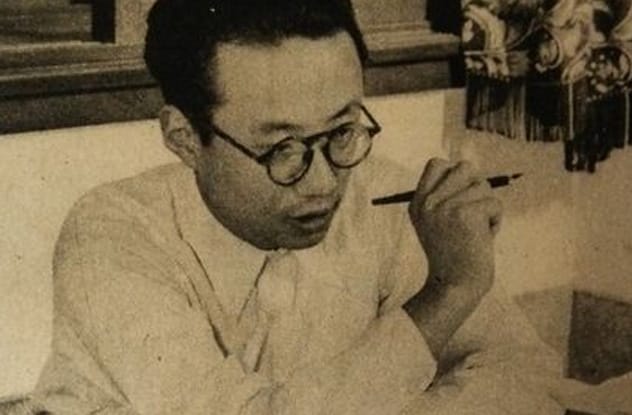
These drawings featured a female mouse with large breasts in various erotic poses. While not the most extreme content, they were suggestive enough to be considered pornographic. Tezuka’s daughter, Rumiko, acknowledged the erotic nature but also found the mouse-lady “cute.”
6. Eric Gill’s Disturbing Behavior
Eric Gill, a celebrated artist and designer of the Gill Sans typeface, had a dark side. His diaries, revealed after his death in 1940, detailed disturbing acts, including the abuse of his daughters, incest with his sisters, and sexual acts with his dog.
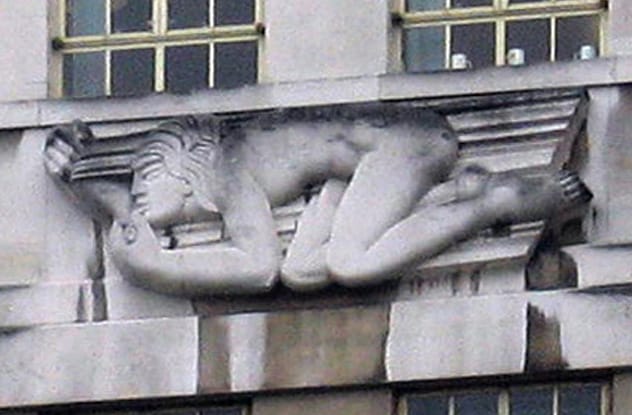
Gill recorded these perversions in explicit detail. His diary entries, such as experimenting with his dog after an encounter with a family member, paint a picture of a deeply troubled individual. Some of his sculptures were also linked to his incestuous relationships.
5. Stieg Larsson’s Conspiracy Theories
Stieg Larsson, the author of the Millennium series, died shortly before achieving fame. After his death, his obscure book on honor killings revealed a series of controversial views and conspiracy theories.
Larsson claimed that media uproar over honor killings was a distraction from the patriarchal structures of Swedish society. He accused anti-honor killing campaigners of racism and suggested that Swedish society was preparing for ethnic cleansing.
4. Philip Larkin’s Offensive Views
Philip Larkin, considered one of the greatest poets of his generation, harbored some deeply offensive views. His private correspondence with Kingsley Amis revealed racist and misogynistic sentiments.

Larkin’s letters contained derogatory remarks about people of color and expressed outrage that men had to pay for women without being entitled to sex. These revelations nearly destroyed his reputation, though some argue that Amis influenced his views.
3. Henry Darger’s Disturbing Art
Henry Darger, a reclusive janitor, created a massive illustrated book depicting a war between schoolgirls and monsters. After his death in 1973, he was celebrated as an outsider artist. However, closer examination revealed disturbing themes in his work.
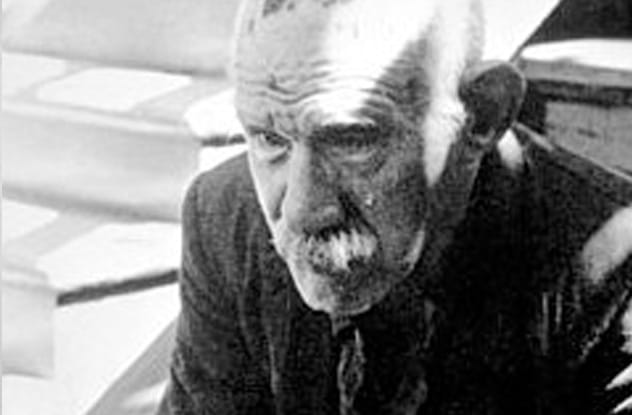
Darger’s drawings included graphic depictions of naked young girls being tortured and killed. His novel contained scenes of cannibalism and extreme violence against children. Some critics have suggested that Darger was a repressed pedophile or even a potential serial killer due to his disturbing fixations.
2. Klaus Kinski’s Abuse Allegations
Klaus Kinski, a German actor known for his erratic behavior, faced serious allegations after his death. His eldest daughter revealed that he had sexually abused her, starting when she was five years old.

These revelations cast a dark shadow over Kinski’s work. Comments he made about the absurdity of jailing men who sleep with young girls became particularly unsettling. His youngest daughter expressed relief upon hearing of his death, suggesting the extent of his disturbing behavior.
1. Artists Suspected of Murder
Some artists have been suspected of committing murder, though concrete evidence remains elusive.
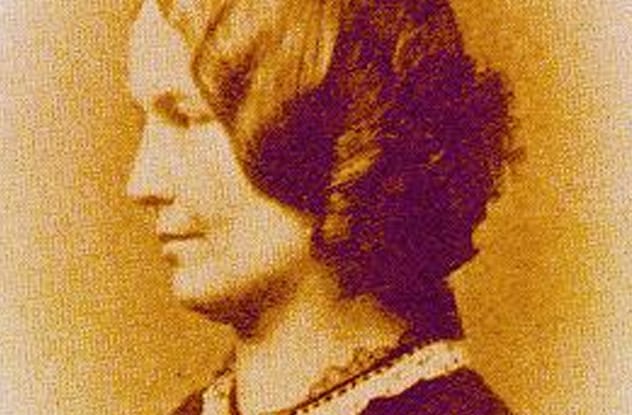
Charlotte Brontë was accused of poisoning her siblings, while Walter Richard Sickert was suspected of being Jack the Ripper based on his crime scene-like paintings. Lewis Carroll was also named as a potential Ripper suspect. These accusations, while speculative, add a chilling layer to the legacies of these artists.
The lives of famous artists are often romanticized, but these unsettling discoveries remind us that creativity can coexist with darkness. These revelations provide a glimpse into the complex and sometimes troubled minds behind some of history’s most celebrated works.
What do you think about these dark secrets? Leave your comment below!










